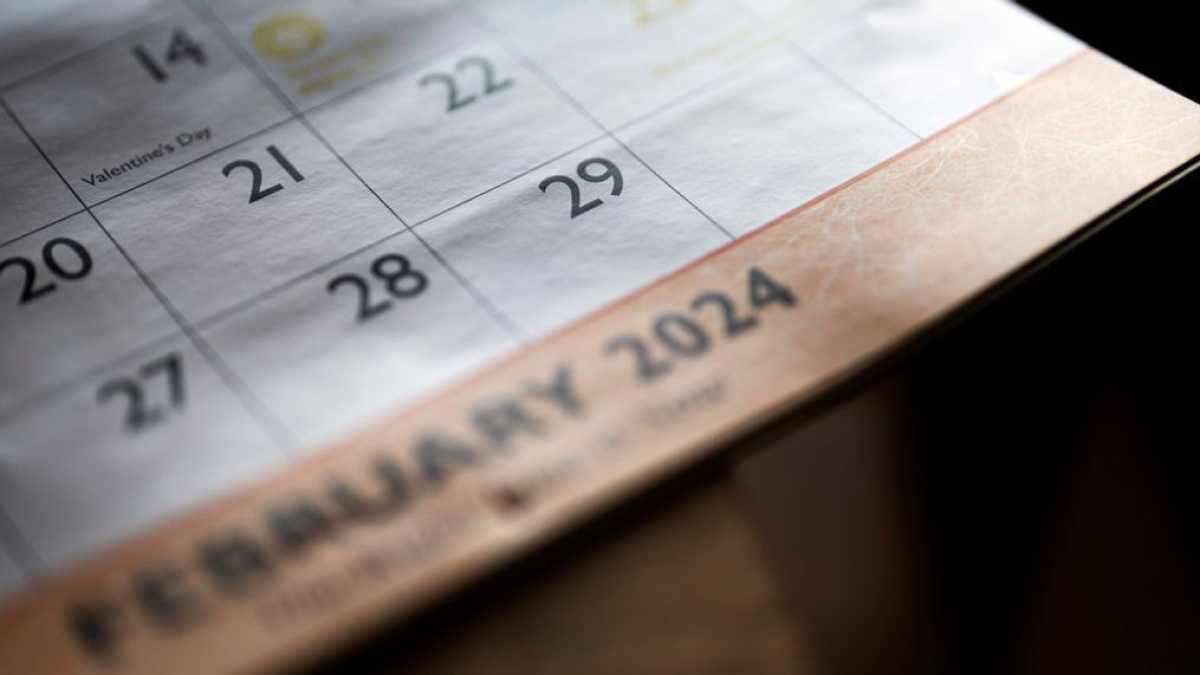Education
Leap Day: The Significance of the Rare 29th February in Aligning Earth’s Calendar and Solar Journey

Today, on 29th February, the world celebrates Leap Day – a date that occurs only once every four years. This additional day in February, known as Leap Day, is crucial for synchronizing our calendar with the Earth‘s and Sun‘s alignment.
The concept of Leap Day is integrated into various solar calendars to tackle the slight discrepancy between the Earth’s journey around the Sun, which takes a little over 365 days.
Every four years, a Leap Year is marked when the date 29th February appears on the calendar. This phenomenon ensures that the calendar remains in harmony with the changing seasons and celestial orbits.
Leap Day plays a vital role in the Gregorian calendar, which is the predominant global calendar system utilized today.
In honor of Leap Day, Google featured a doodle on its search page, highlighting the significance of this rare occurrence.
Punit Saini, a senior digital content producer at Navbharat Times, delved into the importance of Leap Day, emphasizing how it aligns Earth’s calendar with its solar journey.












